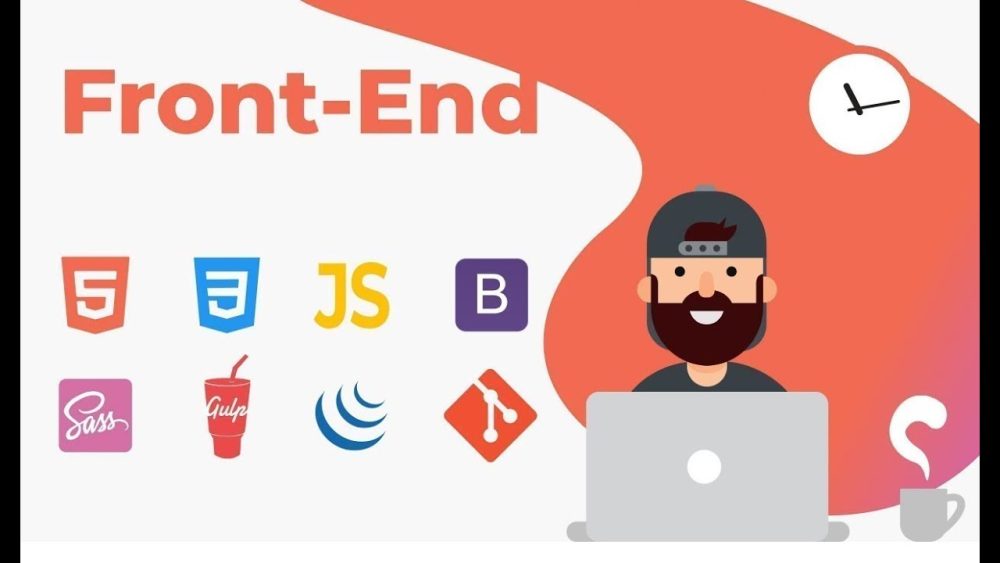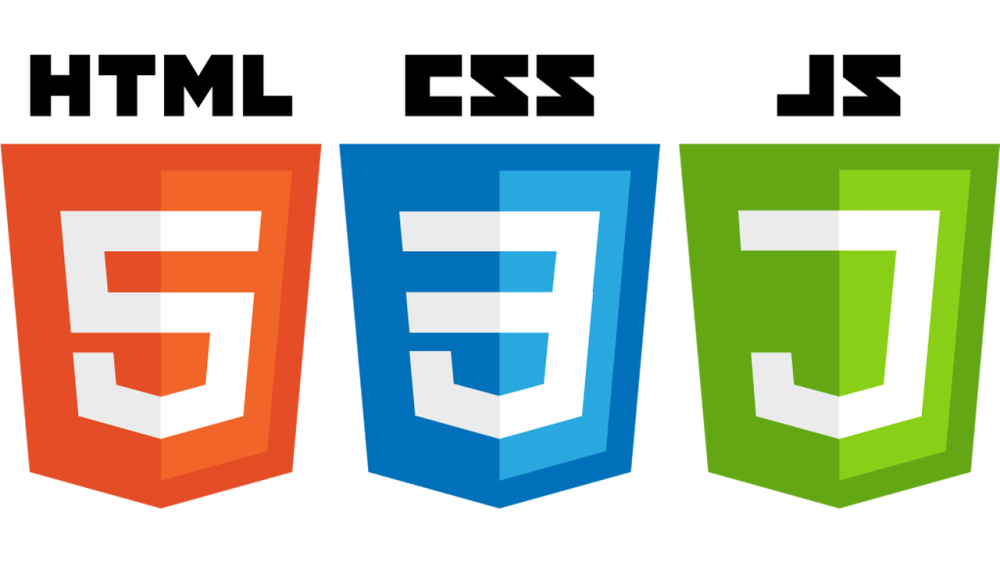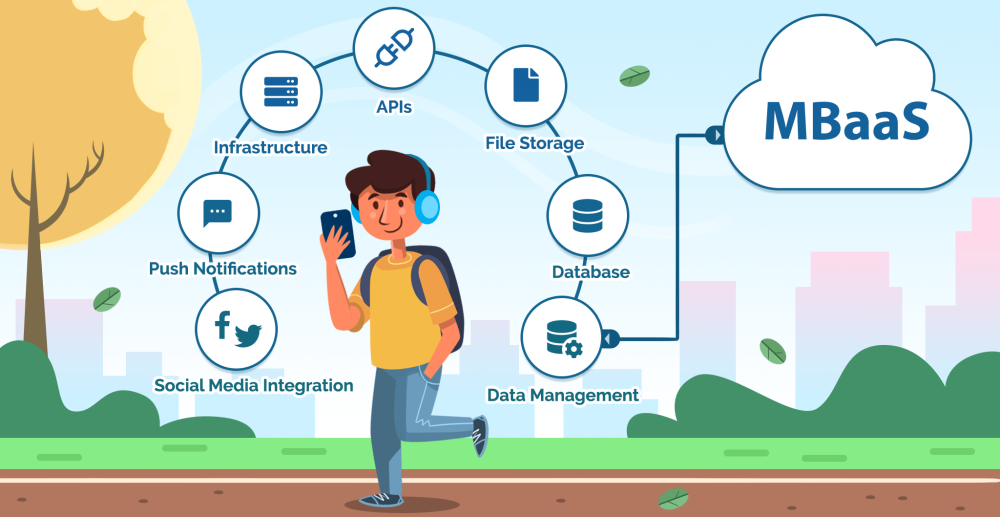The top AI tools for programmers transform the development process into a manageable and efficient architecture, where algorithms help think faster, write more accurately, and fix errors before they occur.
Artificial intelligence has ceased to be a novelty. It has become a necessity. Optimization, autocompletion, code generation, and bug fixing are no longer abstract dreams but proven tools. In this article, we review the top five AI solutions for programmers in 2025 that significantly increase productivity and minimize routine.
GitHub Copilot: a mind-reading co-author
Developed jointly by Microsoft and OpenAI, this platform uses GPT models to automatically write code lines on command or based on the context of the current file. It works in Visual Studio and VS Code editors, showing excellent results in TypeScript, Python, Java, and Go.
The top AI tools for programmers cannot do without this product. Copilot anticipates the developer’s next step, saving up to 40% of the time when creating standard logic and regularly suggesting optimizations that previously required manual work.
Features:
- contextual autocompletion;
- refactoring on request;
- code block generation based on comments.
The system handles tasks instantly, supports collaboration, and accelerates development in remote work. It also helps avoid common errors by offering safe solutions with minimal bugs.
Tabnine: lightning-fast response without noise
This system uses local models, reducing network load and protecting corporate data. The tool seamlessly integrates into the development environment, providing accurate suggestions based on the current codebase and working in C++, PHP, Kotlin, and other languages.
Being among the top AI tools for programmers, Tabnine eliminates noise in the code, adapts to the team’s style, and enhances project readability. Developers often use Tabnine as a standalone assistant when working from home, especially in distributed teams.
Real-world cases:
- 32% faster unit test writing;
- 18% reduction in syntax errors;
- method structure improvement without team lead involvement.
Its effectiveness is particularly evident in long-term projects requiring a unified code style. It operates autonomously without the need for constant cloud connection.
ChatGPT: a versatile analyst
In its GPT-4-turbo edition, OpenAI’s ChatGPT has evolved into a full-fledged navigator in the intricacies of logic, patterns, and refactoring. It handles formatting tasks, comment generation, bug hunting, and explaining others’ code.
Teams using ChatGPT in parallel with Git and CI/CD evaluate it as one of the top AI tools for programmers. With a context of 128k tokens and the ability to analyze extensive projects, it provides automation analysis regardless of the programming language.
In 2025, the platform helps:
- perform AI-based code error fixes from stack traces;
- generate comments for non-standard algorithms;
- prototype solutions in different languages with minimal input.
It is particularly useful for mentoring and reviewing legacy projects where the human factor is the main source of issues.
Claude by Anthropic: perfect memory for complex logic
Originally an alternative to ChatGPT, this programming platform quickly carved out its niche. It utilizes a context length of up to 200,000 tokens, capable of analyzing multi-layered projects with abundant connections and dependencies.
In this case, the top AI tools for programmers are complemented by detailed system dependency review. Claude recognizes causal chains in architecture, suggests reasoned refactoring, and models logic in pseudocode.
Use cases include:
- analyzing complex monolithic structures with dozens of services;
- predicting bottlenecks during scaling;
- supporting integrations in unstable API conditions.
It is especially valuable for complex integrations and code reviews before release. Claude acts as a reviewer in the team, synchronizes approaches between modules, and allows code quality improvement with AI without subjective opinions.
IntelliCode and Kite AI: a blend of speed and common sense
Microsoft IntelliCode is not just autocompletion but a system that analyzes hundreds of GitHub repositories. It generates suggestions based on the patterns of the best open-source projects. Kite AI, on the other hand, offers AI code autocompletion features focusing on ML and context analysis from dozens of previous lines.
Both platforms consistently rank among the top AI tools for programmers because they strike a balance between speed and quality. IntelliCode excels in corporate development where patterns are repeated. Kite AI is effective for individual solutions and academic tasks.
Five features — hundreds of hours saved
Each solution in our top list is not just a tool but a digital partner that reduces workload, increases pace, and eliminates routine. Together, these features form the backbone of modern development, where results are achieved faster and errors are reduced.
Common functions across all solutions in the top AI tools:
- Context-aware code generation and completion.
- Real-time AI code error detection and correction.
- Refactoring and standardization without team lead involvement.
- Improved readability and algorithm logic.
- Support for remote development and work from home.
Each system from the AI tools top list for developers boosts productivity by at least 25% with systematic use.
Use the top AI tools for programmers in your work to level up
In 2025, development relies on a partnership with intelligent assistants. AI tools for coding reduce routine, speed up decision-making, and enhance architecture. The top AI tools for programmers have become an industry standard, automating up to 70% of repetitive tasks, reducing bugs pre-release, and accelerating product delivery. No developer can do without them, especially in remote work settings.
















